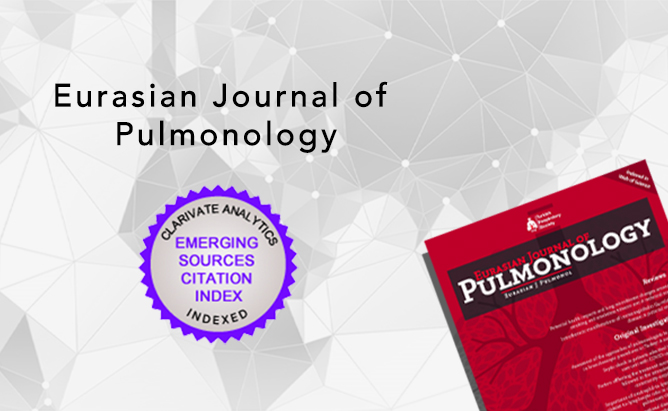2Department of Pulmonary Medicine, Mahatma Gandhi Medical College and Research Institute, Sri Balaji Vidyapeeth, Puducherry, India
3Director, Central Inter-Disciplinary Research Facility, Sri Balaji Vidyapeeth, Puducherry, India
Abstract
Globally, 1.3 billion peoples use tobacco products daily, most of them from low- and middle-income countries. Every year, 8 million of the population died because of the usage of tobacco, as per the WHO report. Tobacco-related diseases, likely lung cancer, emphysema chronic obstructive pulmonary disease, and chronic respiratory diseases, are more common. Nicotine is a highly addictive chemical found in the tobacco plant and also in all other tobacco products. All tobacco products contain nicotine that causes the release of dopamine in the pleasure and motivation areas of the brain. Both smoking and smokeless tobacco products contain many harmful chemicals that affect the lung mucociliary clearance and also inactivate the immune system and lead to increases in the risk of infection and the development of deleterious bacterial growth in the lungs. In the lung microbiome, Streptococcus pneumoniae, Haemophilus influenzae, Moraxella catarrhalis, and Pseudomonas aeruginosa bacterial species were found to a higher level in smoking tobacco users as that may increase morbidity and mortality. The lung microbiome changes taking place in the lung due to smokeless tobacco usage are less documented so far. In future research, microbiome studies help to understand disease pathogenesis.




 Manikandan Sathiyaseelan1
Manikandan Sathiyaseelan1 




